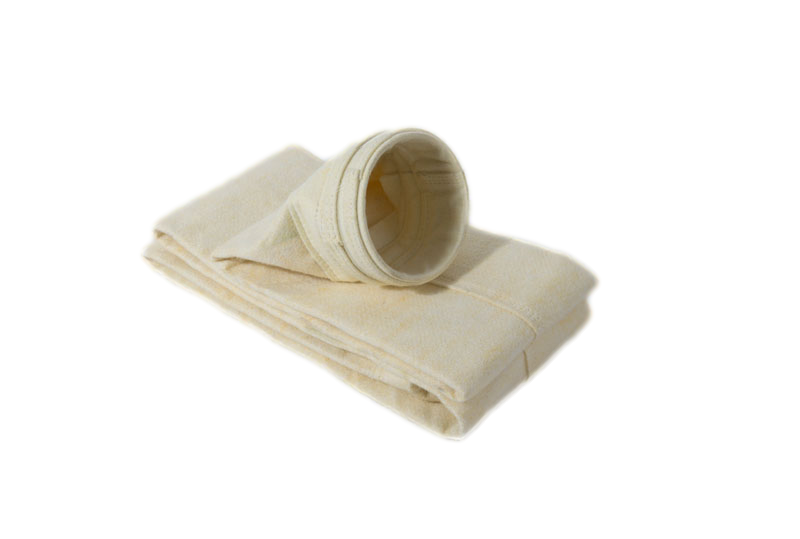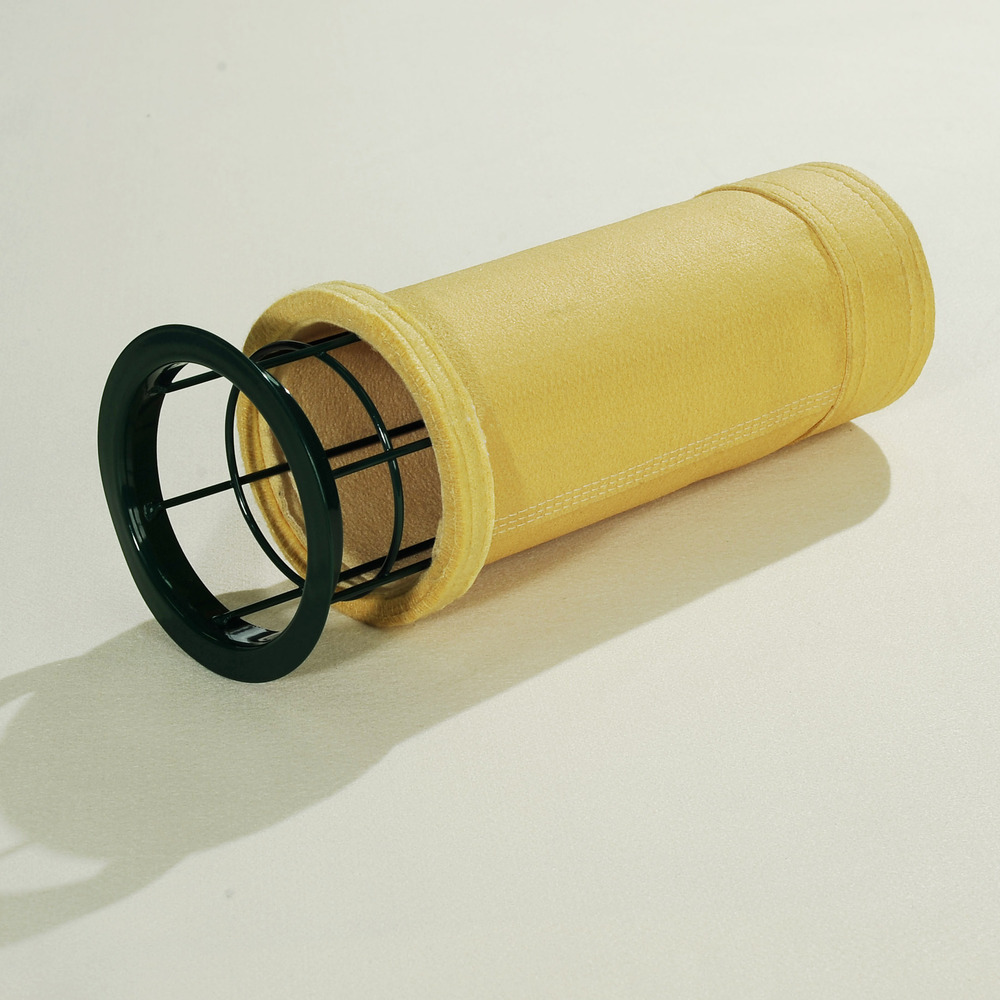Introduction

Dust collection filter bags are an essential part of any dust collection system. They help to remove particulate matter from the air and can help improve the quality of life in a home or workspace.
However, when it comes to maintaining these filter bags, there is often confusion as to whether they should be cleaned or replaced. In this article, we will discuss the process and benefits of both cleaning and replacing dust collection filter bags, as well as some tips for how to maximize their lifespan.
Cleaning of dust collection filter bags
Dust collection filter bags should generally be cleaned rather than replaced unless it’s necessary to replace them. Cleaning the bags can help to improve the efficiency of your dust collection system and extend the life of the bags as we will discuss later. There are a few different methods that you can use to clean your dust collection filter bags:
- Shake out the dust: This is the most basic method for cleaning dust collection filter bags. Simply remove the bag from the dust collection system and shake it out to remove as much dust as possible.
- Use compressed air: Another option is to use compressed air to blow the dust out of the bag. This can be effective, but be sure to use caution when handling compressed air as it can be dangerous.
- Use a vacuum: If you have a shop vacuum, you can use it to suck the dust out of the bag. Be sure to use a vacuum with a HEPA filter to avoid releasing the dust back into the air.
- Wash the bag: In some cases, it may be necessary to wash the bag to fully remove the dust. This can be done by gently hand-washing the bag in a solution of warm water and mild detergent. Be sure to rinse the bag thoroughly after washing to remove any soap residue.
Overall, it is important to regularly clean your dust collection filter bags to ensure that your dust collection system is operating efficiently and effectively.
When should I clean my dust collection filter bags?

It’s generally a good idea to clean the dust collection filter bags when they become about two-thirds full. This will help to ensure that the bags are able to effectively filter the air as it passes through and collect the dust and debris.
If the bags are allowed to become too full, the airflow can be restricted and the effectiveness of the dust collection system can be reduced. Additionally, if the bags are not cleaned regularly, the collected dust and debris can build up and potentially cause a fire hazard. So it’s important to keep an eye on the level of dust and debris in the bags and clean them when needed.
How to Clean the dust collection filter bags
To clean dust collection filter bags, you will need to follow these steps:
- Turn off the power and unplug it to ensure that it is safe to work on.
- Remove the filter bags from the tool. This will typically involve loosening a clamp or removing a wing nut to release the bags.
- Hold the bag over a garbage can or other container and gently tap the bottom of the bag to loosen the dust and debris that has been collected.
- If the bags are very dirty, you may need to use a shop vacuum or compressed air to blow the dust and debris out of the bags.
- Once the bags are clean, reattach them to the tool and turn the power back on.
It’s important to note that some dust collection filter bags are made of a fabric material that can be washed. If your bags are washable, you can wash them in a washing machine using mild detergent. Be sure to follow the manufacturer’s instructions for washing the bags to ensure that they do not become damaged.
It’s also a good idea to inspect the bags regularly for any tears or holes, as these can allow dust and debris to escape and potentially create a fire hazard. If you notice any damage to the bags, they should be replaced as soon as possible.
The importance of cleaning the dust collection filter bags
Cleaning the dust collection filter bags is important for several reasons:
- Improved air quality: Dust and other particles that are collected by the dust collector can accumulate in the filter bags over time. If these bags are not cleaned regularly, they can become clogged and restrict the flow of air, which can lead to poor indoor air quality.
- Increased efficiency: Clogged filter bags can also reduce the efficiency of the dust collector. As the dust and debris accumulate in the bags, the pressure drop across the bags increases, which requires more energy to maintain the same flow rate.
- Longer lifespan: Regularly cleaning the filter bags can help extend the lifespan of the dust collector. When the bags become clogged, it can put extra strain on the motor and other components of the dust collector, which can lead to premature wear and failure.

Replacing dust collection filter bags
There are a few signs that it may be time to replace your dust collection filter bags:
- The bag is torn or has holes: If the bag is damaged in any way, it will not be effective at trapping dust. If you notice any holes or tears in the bag, it’s time to replace it. The same goes if the bags are showing signs of wear and tear.
- Decreased airflow: If you notice that the airflow is decreased even after cleaning the bags, it may be time to replace them. Over time the fabric can become clogged with dust and debris, which can reduce its effectiveness.
- The bag is heavily coated in dust: If the bag is so coated in dust that it is no longer white or transparent, it may be time to replace it. A heavily coated bag will not be as effective at trapping dust as a clean bag. If your bags have developed a heavy coating of dust, it may be time to replace them.
- The bag is excessively stretched: As the dust accumulates in the bag, it can cause it to stretch and become less effective at trapping dust and debris. If you notice that your bags are excessively stretched, it may be time to replace them. It’s always a good idea to check with the manufacturer of your dust collector for their recommended replacement schedule. At the end of each job, it’s important to empty any accumulated dust and debris from the collection bags.
- The bag is old: Dust collection filter bags are not meant to last forever. Over time, the fabric of the bag can break down and become less effective at trapping dust. If you have had the same bag for a long time and it is showing signs of wear, it may be time to replace it.
In general, it is a good idea to periodically inspect your dust collection filter bags and replace them if necessary. This will help to ensure that your dust collection system is operating efficiently and effectively.
How to replace the dust collection filter bags
In order to replace the dust collection filter bags, you will need to follow these steps:
- Turn off the power to the dust collector and unplug it. You should also wear protective equipment, such as a dust mask, goggles, and gloves, to prevent inhaling any dust particles.
- Locate the filter bag compartment. This is usually located at the top of the dust collector and may be accessed through a door or by removing a cover.
- Remove the old filter bags. Depending on the design of your dust collector, you may need to loosen a clamp or release a latch to remove the bags. If the bags are heavily soiled, you may need to use a tool, such as a screwdriver, to carefully cut them off.
- Inspect the filter bag compartment for any accumulated dust or debris. Use a shop vacuum or compressed air to clean out the compartment.
- Install the new filter bags. Make sure that the bags are properly seated in the compartment and that the top of the bags is even with the top of the compartment. If your dust collector uses a clamp to hold the bags in place, make sure it is tightened securely.
- Close the filter bag compartment and turn the power back on to the dust collector.
It’s important to replace the dust collection filter bags regularly to ensure that the dust collector is functioning efficiently. The frequency with which you will need to replace the bags will depend on the amount of dust and debris being collected, as well as the type of filter media being used. Consult the manufacturer’s instructions for specific guidance on how often to replace the filter bags. At Sofilt, we offer a wide range of filter bags that are designed to fit most dust collector models. Contact us today to find the right filter bag for your needs.
The importance of replacing the dust collection filter bags

Dust collection filter bags are an important part of a dust collection system because they help to remove dust and other particles from the air. It is important to replace the filter bags on a regular basis to ensure that the dust collection system is operating efficiently.
If the filter bags become clogged or dirty, the system will not be able to effectively remove dust and other particles from the air, which can lead to a variety of problems. For example, clogged filter bags can reduce the airflow through the system, which can make it less effective at removing dust and other contaminants.
Additionally, dirty filter bags can emit dust and other particles back into the air, which can be harmful to people and equipment. Therefore, it is important to replace the dust collection filter bags on a regular basis to ensure the system is operating at its best.
Conclusion

Washing or replacing filter bags on a regular basis is essential for maintaining an effective dust collection system. Old, worn-out filter bags can reduce the efficiency of the system, and can also emit dust particles back into the air. Replacing the filter bags on a regular basis is an important part of maintaining your dust collection system and ensuring its effectiveness.
At Sofilt, we offer a range of dust collection filter bags that are designed to fit most dust collector models. From standard filter bags to specialty bags, we have the right filter bag for your needs. Contact us today and find the perfect dust collection filter bag for your system.




